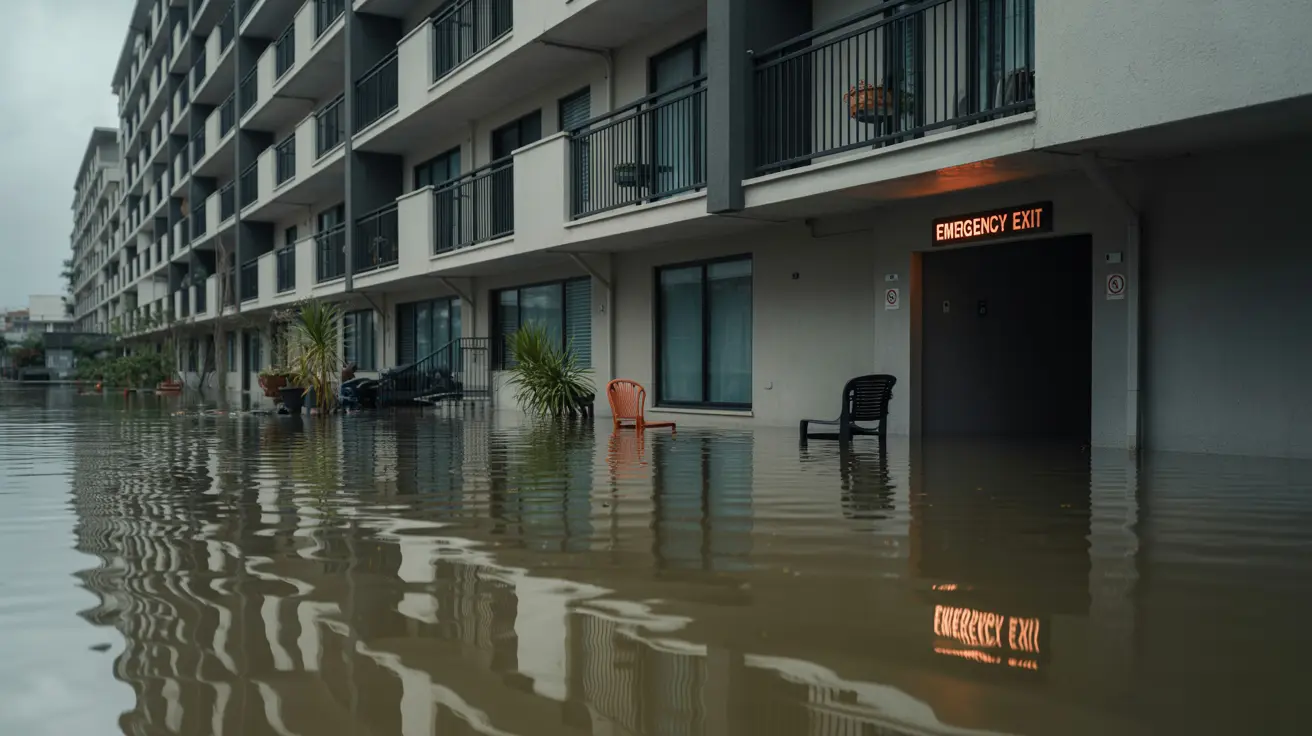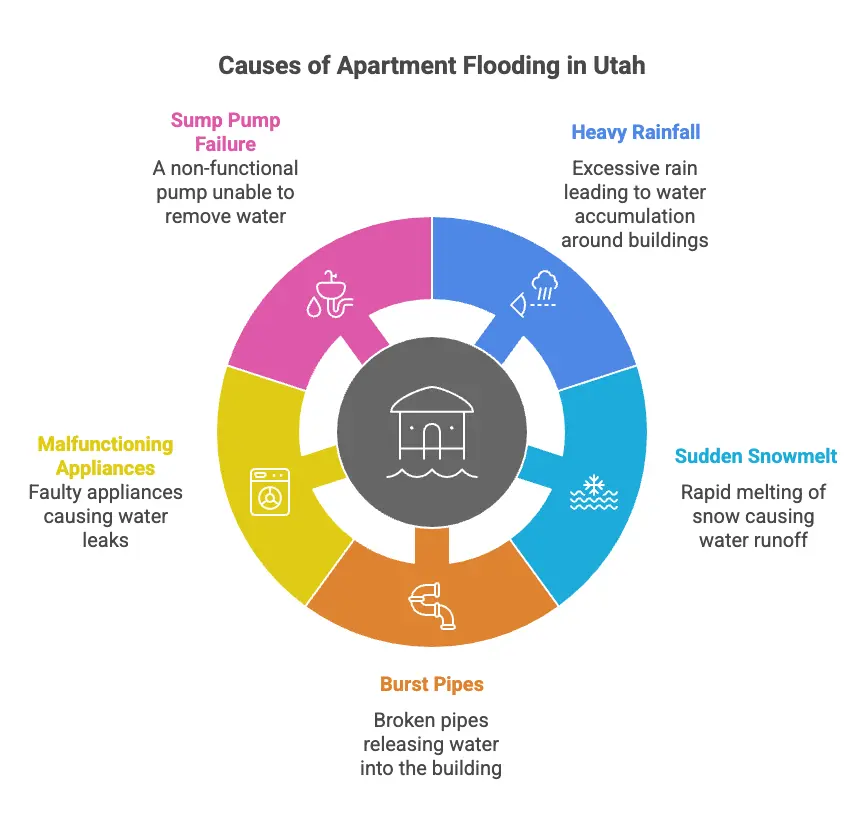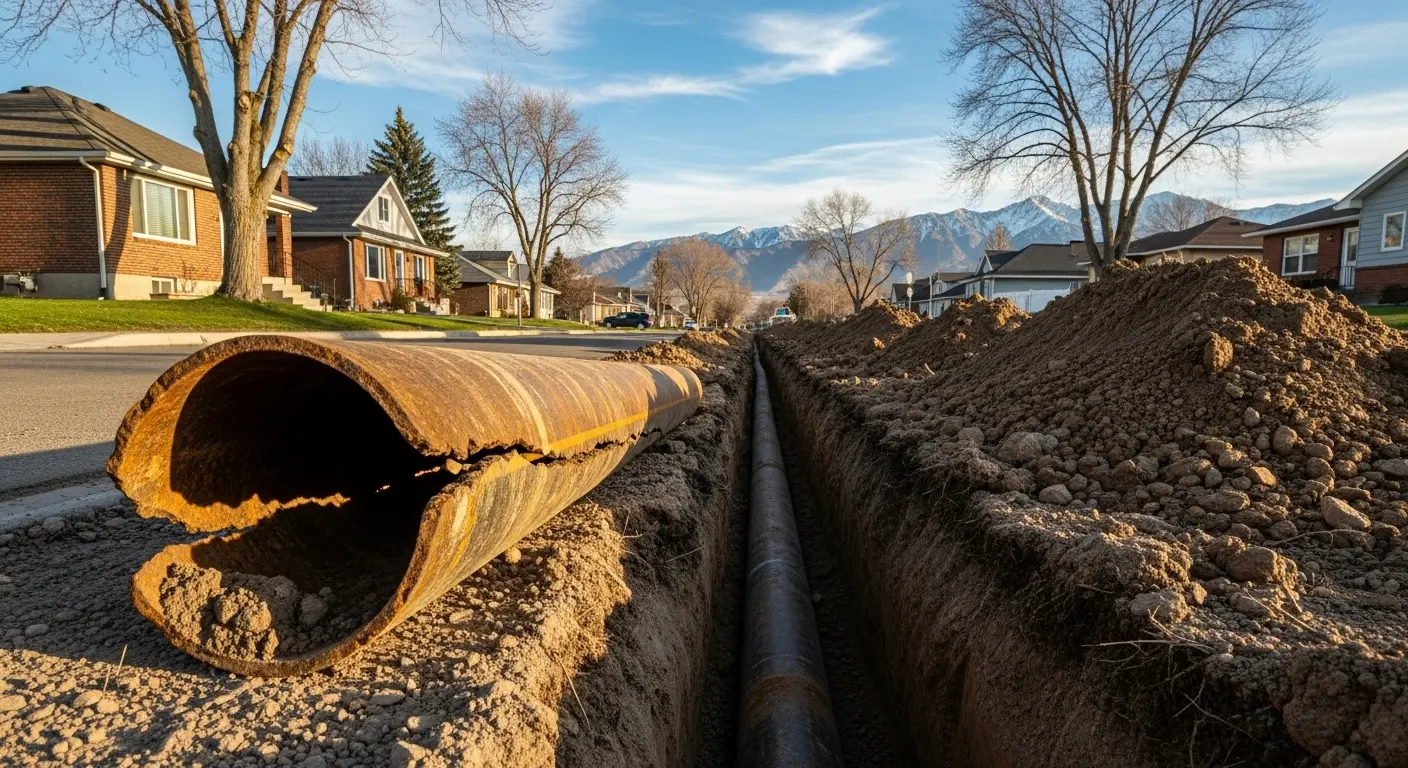Flooded Apartment Complex? How to Handle Water Damage, Your Lease, and Quick Recovery
Flood strikes apartment complex? Learn what a tenant should do after a flooded apartment. Protect your safety with professional help.

When a flood strikes an apartment complex, chaos and worry follow. Living in Utah, especially near Salt Lake City, means flash flooding and severe water damage are real threats for renters and landlords alike. If you wake to a flooded apartment or spot water creeping across your floor, knowing what to do next is essential—not just to protect your belongings, but to secure your rights and act fast for safety and recovery. This post reveals what every renter and property manager needs to know, the crucial steps to take when flooding hits, and how Utah Utility Pro solves water leak emergencies with industry-best Leaktronics detection and fast response.
Why Do Apartment Complexes Flood in Utah?
Utah’s changing seasons, from heavy rainfall to sudden snowmelt, put apartment buildings at risk for floods. Other causes include burst pipes, malfunctioning appliances, or even a sump pump failure in the basement. Apartment complexes are particularly vulnerable because so many units share plumbing systems, walls, and sometimes aged infrastructure. A single leak can impact dozens of tenants, causing significant flooding.

What Immediate Steps Should Renters Take After a Flood?
Swift action is critical. If your apartment flooded, always prioritize safety:
- If standing water is near electrical outlets, avoid entering the area—there’s a risk of electrocution.
- Evacuate the affected area if necessary, then immediately inform your landlord or property manager.
- If it’s safe, stop the flow of water by turning off the main water valve or isolating the source. For burst pipes or appliance failures, Utah Utility Pro offers rapid emergency response.
- Begin documenting the damage for your insurance company by taking photos and videos of every affected area.
How Should Tenants Document the Damage?
Clear documentation is your best defense when dealing with insurance claims and lease issues. Snap photos and videos of flooded rooms, damages to furniture, electronics, and building materials like drywall. Keep a record of communications with your landlord and receipts for any expenses, such as a hotel stay or emergency supplies. Proper documentation protects your interests in case of conflicts about repairs or habitability.
What Rights Do Renters Have in a Flooded Apartment?
Flooding can quickly make a unit uninhabitable. Tenants in Utah have rights under their lease and state habitability laws. The warranty of habitability means your landlord must provide you with a safe, livable apartment. If flooding is extensive and repairs take a while, you may have grounds to terminate your lease or expect the landlord to provide alternate accommodations. Always contact your landlord or property manager in writing and keep copies of all correspondence.
Who Is Responsible for Flood Repairs?
Responsibility for water damage depends on the source and your lease. Typically, the landlord must repair building damage and restore utilities, while tenants’ insurance covers personal property. For flood damage restoration, landlords often hire professionals like Utah Utility Pro who offer both plumbing repairs and water damage remediation. If the flood was due to a tenant’s appliance or actions, the tenant might have to cover costs.
How Do You Remove Standing Water and Mitigate Damage?
Once the source is stopped, remove the water quickly to prevent mold and further damage:
- Use wet/dry vacuums or a sump pump for large amounts of water.
- Open windows or use a dehumidifier to dry wet areas.
- Clean and disinfect with a bleach solution, especially where flood water may contain sewage.
- Rapid restoration services from a company like Utah Utility Pro mean less long-term damage and quicker return to normal.
What Are the Health Risks from Apartment Flooding?
Flooded apartments pose serious health risks:
- Risk of electrocution from submerged outlets.
- Water can carry bacteria, especially if sewage is involved.
- Mold growth starts quickly; look for visible mold or musty odors soon after water exposure.
- Building materials like drywall and carpet hold moisture, increasing mold risk.
If you notice signs of mold or structural damage after a flood, seek professional damage restoration to safely remediate the area.

How Do You File an Insurance Claim for Water Damage?
- Contact your renter’s insurance provider immediately.
- Provide evidence: photos, videos, receipts, and a detailed inventory of lost or damaged items.
- If the building also has flood insurance, coordinate with your landlord.
- Keep all communication with your insurance company documented and ask how to proceed for fastest service.
Tip: If you don’t have renter’s insurance, check if your landlord’s policy offers any liability coverage for tenants.
What Role Does the Property Manager or Landlord Play?
The landlord or property manager is responsible for:
- Coordinating repairs and damage restoration.
- Hiring qualified restoration companies and plumbers for water removal, drying, and mold prevention.
- Keeping tenants informed about timelines and addressing habitability or relocation needs.
- Ensuring ALL affected areas are properly dried before new tenants move in.
Utah Utility Pro partners with landlords and property managers for comprehensive solutions, from finding the source of water to full restoration.
Can You Prevent Future Floods in Apartment Complexes?
- While not all floods can be predicted, there are steps to reduce risk:
- Regularly inspect appliances like washing machines and water heaters for leaks.
- Install or check sump pumps in basements for proper operation.
- Landlords should maintain the building roofing, gutters, and plumbing system.
- Water leak detectors installed by professionals at Utah Utility Pro catch small leaks before they escalate.
- Know your flood policy options if you live in areas prone to flooding.
Key Things to Remember About Apartment Complex Flooding
- Immediate action is crucial in a flooded apartment—protect safety, stop water, and document damage.
- Contact your landlord or property manager as soon as possible and notify your insurance company.
- Document every detail: photos, videos, and receipts help file a claim and support your rights.
- Health risks increase with standing water—watch for signs of mold and act promptly.
- Professional help from Utah Utility Pro and restoration companies makes cleanup and repair faster and more thorough.
- Tenants have a right to a livable apartment; discuss temporary relocation or lease termination with your landlord if repairs take time.
- Prevention is possible: regular maintenance and leak detection protect both tenants and property investments from future floods.
Utah Utility Pro is ready to help—using Leaktronics equipment and expert restoration techniques to make sure water damage is addressed quickly and effectively. If you face an apartment flooding emergency in Salt Lake City, call on the local leaders in plumbing, remediation, and full recovery.
.webp)
.webp)




